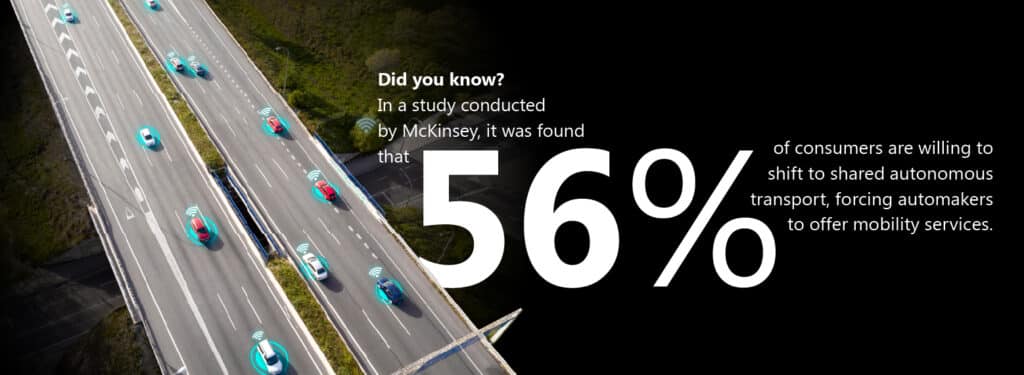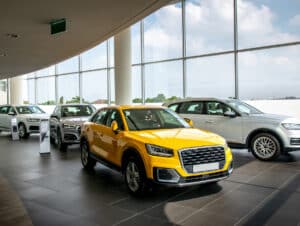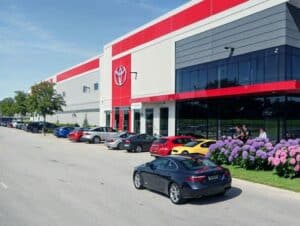The automotive industry has always been defined by innovation. From mass production to electrification to autonomous driving, the vehicles we build don’t just move people, they move the world forward.
But if the last few years have shown us anything, it’s that horsepower and design alone aren’t enough anymore. The challenges you face as an automotive business have shifted. It’s not just about selling cars, it’s about delivering uptime, managing supply risk, ensuring compliance, and building customer relationships that last beyond a single transaction.
And in 2026, the real battleground isn’t just on the road, it’s in the systems that power your business behind the scenes.
This year, digital transformation is no longer a buzzword, it’s table stakes. From AI agents that handle service requests before a customer even reaches your dealership, to supply chain networks that give you real-time visibility of part shortages, the companies who thrive are the ones who turn business complexity into clarity.
At Annata, we’ve spent decades working with automotive OEMs, dealers, mobility providers, and service networks. We know your language, your challenges, and the realities of your industry. And in this article, we’ll walk through the top business solution 2026 trends in the automotive industry, and show how platforms like A365 are designed specifically to help you turn disruption into opportunity.
2026 trends in the automotive industry- Trend 1: AI agents that work like extra team members
Every dealer and service manager knows the pain of chasing work orders, juggling warranty claims, and keeping customers satisfied when staff are stretched thin. Enter AI agents.
These aren’t just chatbots. They’re autonomous business helpers that:
- Schedule preventative maintenance when diagnostics detect an issue
- Generate repair orders and order parts before your service team even sees the problem
- Handle customer questions about financing, leasing, or service in natural language
Imagine having an always-on, 24/7 colleague who doesn’t get tired, doesn’t forget, and doesn’t need overtime pay. That’s the role AI agents are now playing inside automotive businesses.
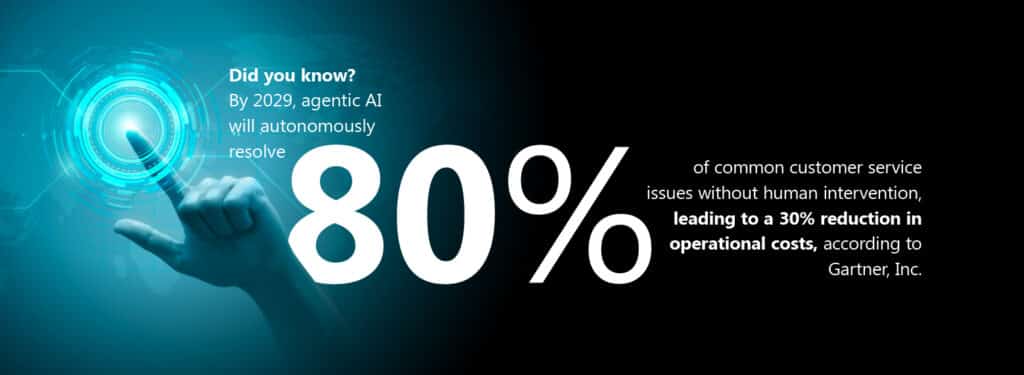
2026 trends in the automotive industry- Trend 2: Supply chain connectivity that actually works
If you’re in automotive, you’ve lived the nightmare: a key component is delayed, a global shortage drives up costs, or you can’t commit to a delivery date because no one can confirm when the vehicle will leave the factory.
Supply chain disruption has become an all too familiar headache. But in 2026, companies are finally gaining the upper hand through real-time supply chain networks.
These solutions aren’t just about tracking shipments. They’re about connecting the dots between OEMs, dealers, logistics providers, and regulators in one transparent ecosystem.

For automotive businesses, this means no more crossed fingers when making promises to customers. You can commit with confidence because you’ve got visibility from end to end.
2026 trends in the automotive industry- Trend 3: AI-driven decision engines in the back office
In the past, executives made decisions based on gut feel and end-of-month reports. But by the time the numbers came in, the sale was already lost and the margin was already gone.
Now, AI decision engines are rewriting the rules.

The shift is huge: businesses move from reacting to problems to preventing them before they occur.
2026 trends in the automotive industry- Trend 4: Digital twins for vehicles and fleets
Digital twins used to be reserved for engineering labs. Today, they’re practical tools running in live automotive businesses.
What’s changed? Instead of just simulating a vehicle, digital twins now replicate entire fleets, service networks, and even customer journeys.
This means you can:
- Run “what if” scenarios on EV battery lifecycles and warranty exposure
- Test how new sustainability initiatives will affect emissions reporting
- Simulate cash flow under different subscription and utilization models
For automotive leaders, this isn’t just a tech showcase, it’s a decision-making engine with dollars attached.
2026 trends in the automotive industry- Trend 5: Customer experiences that drive loyalty
In 2026, the car is no longer the whole story. Customers expect every interaction around ownership, leasing, or mobility services to be simple, transparent, and personalized.

The difference is clear: loyalty is built not only on the vehicle’s performance, but on the experience that surrounds it.
2026 trends in the automotive industry- Trend 6: Mobility and vehicles-as-a-service
More and more, customers aren’t looking to own, they’re looking to access. Flexibility, cash preservation, and reduced maintenance responsibility are driving the growth of subscription and mobility models.
The difference in 2026? These models are being digitally transformed:
- Contracts tied directly to vehicle telematics
- Automated billing based on actual usage, not estimates
- Self-service portals for tracking costs, availability, and usage in real time
The result: higher satisfaction, smoother revenue streams, and a business model that scales with customer demand.
2026 trends in the automotive industry- Trend 7: Seamless integrations with OEM brands
In 2026, success in the automotive industry depends on more than the cars you sell or lease. It’s about how seamlessly you can connect your business systems with the OEM brands you represent.
Dealers and mobility providers are expected to deliver the same digital experience customers already get from manufacturers. That makes integrations business-critical.
Here’s what these integrations enable:
- Real-time vehicle data sharing: Telematics flows directly from OEM systems into dealer platforms
- Connected service management: Warranty claims, recalls, and service bulletins sync automatically with OEM databases
- Unified customer experience: A single view across OEM and dealer portals for service history, parts, and vehicle status
- Faster parts and maintenance cycles: OEM and dealer supply chains are linked to reduce lead times and increase uptime
The result is a tighter, more collaborative ecosystem where OEMs, dealers, and customers all operate with the same information. Trust is no longer just about the car’s performance, it’s about how well systems work together.
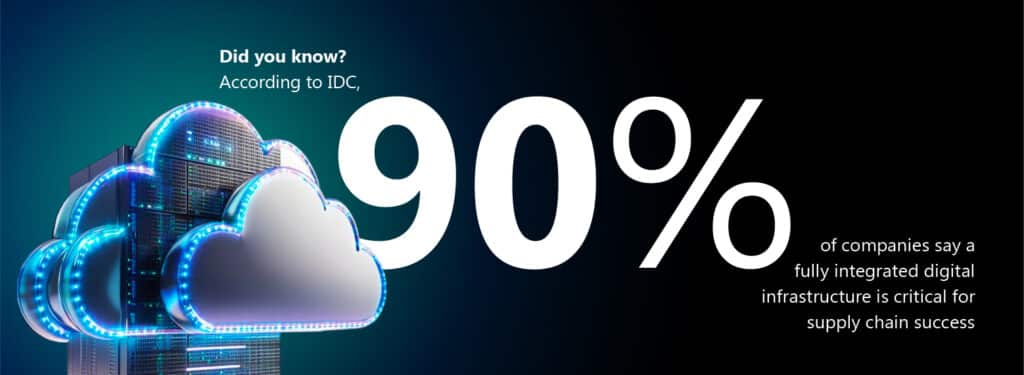

The businesses that win in 2026 aren’t the ones with the fastest cars. They’re the ones with the smartest business solutions.
Why A365 is built to ride 2026 trends in the automotive industry
At Annata, we know these challenges aren’t just theoretical. We’ve worked side by side with automotive OEMs, dealers, and mobility providers. We’ve been in service bays, sat in dealer back offices, and joined the late-night calls when supply chain delays or service downtime threatened to derail customer commitments.
That’s why we built A365 for Automotive, not as a generic ERP, but as a business solution made for this industry.
Step into our Digital Experience Center to learn how A365 can help power possibilities for your business. Grab your free access now.
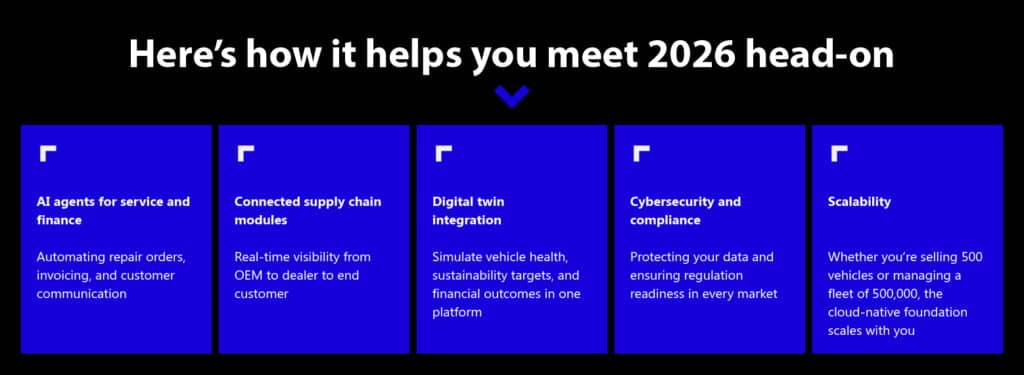
Powered by Microsoft Dynamics 365
At the core of A365 is Microsoft Dynamics 365, the global standard for modern enterprise solutions. This means your business gets the best of both worlds:
- Proven enterprise backbone: Finance, operations, and CRM capabilities trusted by thousands of businesses worldwide
- Seamless integration: A365 adds deep, industry-specific functionality on top of Dynamics 365, so your teams don’t juggle disconnected systems
- Future-ready innovation: With Microsoft Azure, Copilot, and Power Platform, you gain continuous innovation without disruption
In short, A365 speaks your language because it was built in your world, on a platform you can trust.
Conclusion for 2026 trends in the automotive industry
The automotive industry in 2026 is at a crossroads. The disruptions of the past few years haven’t disappeared, they’ve evolved. But so have the tools we use to face them.
AI, connectivity, and digital integration aren’t just shiny buzzwords. They’re practical, business-critical solutions that determine whether you can deliver uptime, control costs, and keep customers loyal.
And with A365, Annata offers not just technology, but decades of automotive expertise baked into every feature. We don’t just provide software, we provide a trusted partner who knows what keeps you up at night and how to turn those challenges into advantages.
In 2026, success belongs to the businesses that embrace not just digital transformation, but digital mastery. Let’s connect.

